The Legend of Raemaru a Forgotten Navigational Tool
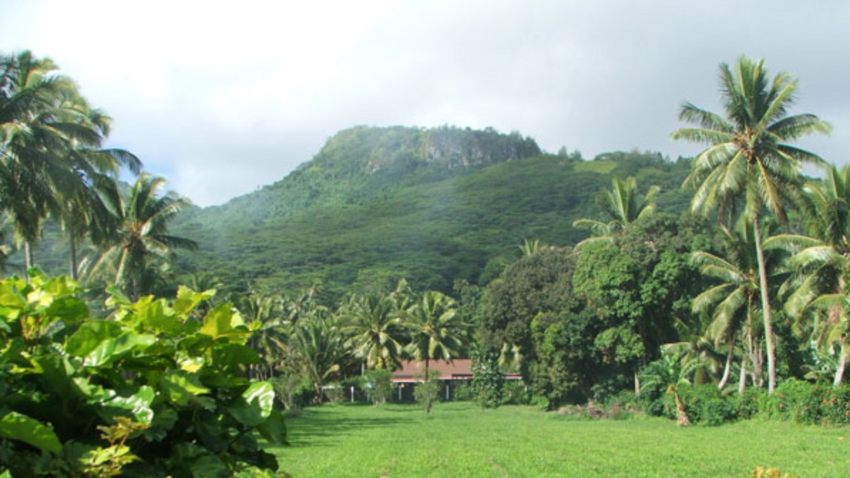
Pacific peoples are some of the best storytellers in the world. Pre-colonisation oratory storytelling was held in the highest regard because it was through myths and legends we preserved our cultural heritage.
The stories passed from generation to generation taught valuable and important life
lessons, and in some cases, these lessons were essential to our survival.
Before we continue, do you know the difference between a myth and a legend?
Myths are works of fiction created to explain the unexplainable.
Take, for example, the myth of The Creation of Pukapuka. In short, Te Ulu O Te Watu (The Head of the Rock or Pukapuka) came to be when the God Tamayei, who was traveling, grew tired and needed somewhere to rest. From the sea, he summoned Pukapuka, and from within Pukapuka emerged its first man Mataalki. Fun fact Pukapuka is the only island in the Cook Islands whose population story doesn’t include an arrival on a vaka.
Other examples of Cook Islands myths include Ina and the Eel, which tells of the first coconut tree growing from the severed head of an eel. Or The Creation of Manihiki, like the Aotearoa origin story, this myth tells of Maui fishing up an island. These are all examples of myths, stories that are so hard to believe that they couldn’t be rooted in truth and don't offer much in the way of preserving cultural history or traditional lessons.

Now a legend, on the other hand, may be just as hard to believe as myths. However, they include historical facts about notable places, people, and events. In the Pacific context, legends are used to pass on our history and to teach our people important skills such as planting, fishing, and navigating.
An example of a Cook Islands legend is the story of Tangiia and Karika, two warriors who arrived to Rarotonga from Tahiti and divided Rarotonga creating the vakas (districts) of Takitumu and Te-Au-O-Tonga. While this legend has been exaggerated over time to tell a good story, it is still a story that preserves a lot of cultural history and features elements of truth. This is evident, even today, through the name of Takitumu oire (village) Ngatangiia and ngati Karika who hold one of three traditional titles in Te-Au-O-Tonga.
Another example of a Cook Islands legend is that of Raemaru - The Stolen Mountain, one of the Cook Islands most well-known legends. While every Cook Islander knows this legend, the lesson behind the story of Raemaru as a navigational tool has been lost over time. But fret not, this article is bringing that traditional knowledge back!
But first, here is the legend of Raemaru - The Stolen Mountain:
On the island of Tumutevarovaro (Rarotonga) in the vaka of Puaikura towered a very proud mountain named Maru. Maru stood taller than any of the other mountains in Rarotonga. She was so tall that when the sun rose in the east Maru would block its rays from entering Puaikura in the west, giving the village people more time to sleep.
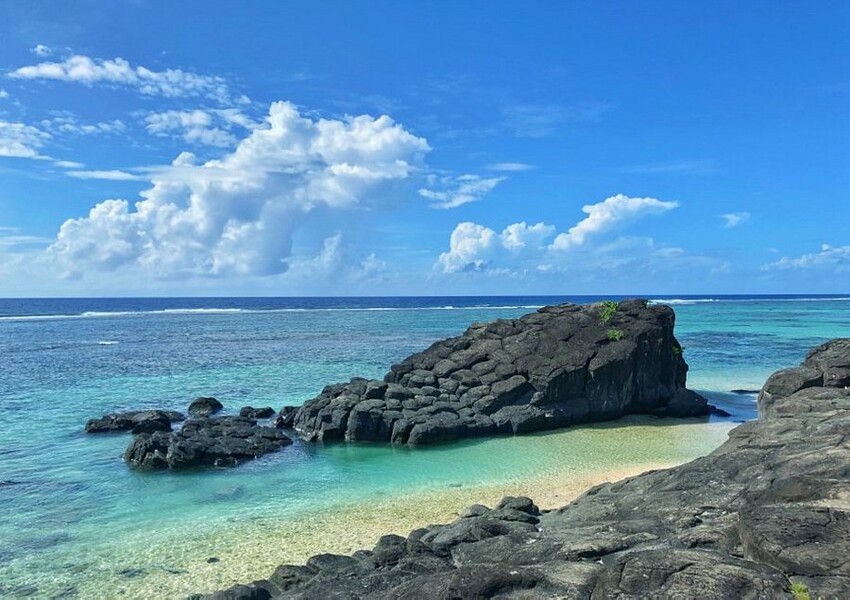
The people of other villages wished they had a maunga as useful as Maru and her people were the envy of the Rarotonga, nay the Cook Islands. Word of Maru danced across Te Moana Nui o Kiva reaching the ears of the people of Araura (Aitutaki).
If you thought the people of Rarotonga were envious, the Aitutakians were more so because their island was flat. Together the chiefs Vaeruarangi and Tamatoa called upon their strongest warriors and together the party set off to Rarotonga.
They arrived in the early hours of the night, as they planned. Though the journey was four days long, it took only one day at sea to spot Maru’s peak. The warriors snuck ashore, quietly moving through Puaikura as Maru's people slept. They went to work, cutting through Maru, and in a few hours, they had severed her peak.
Now for the difficult part, getting the peak back to their vaka. As they made their way through Puaikura they huffed and puffed under the weight of their prize. The people, hearing the noise, began to stir and the Puaikura warriors went to investigate. That is when they saw their beloved Maru being stolen away.
A chase ensued but the Aitutakians had too great a lead. They loaded Maru’s peak onto their vaka and set sail for their homeland losing sight of Rarotonga before day broke. By the time the warriors of Puaikura reached the Aitutakian’s departure point all that remained of Maru’s peak were a few pieces of black rock that had fallen off as she was stolen away.
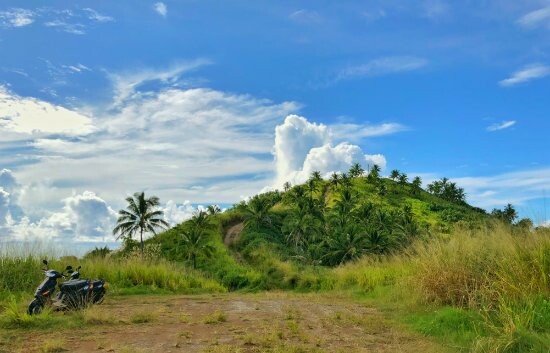
Four days later, across the sea, the Aitutakian warriors arrived back home. The people celebrated for they finally had a mountain, although much of Maru’s peak fell off during the journey and now resembled more of a hill. Nevertheless, the Aitutakians rejoiced placing their prize in the village of Amuri and renaming her Maunga Pu, meaning top of the mountain.
In Puaikura the people mourned the loss of their magnificent Maru and the shelter she’d bring in the dawn. However, after some adjusting they grew to love the earlier rises realising they had more time to plant, fish, and build vaka. They renamed their maunga Raemaru meaning the empty shadow.
END.
So there you have it, the legend of Raemaru. Now some of you may be thinking, that’s a myth created to explain why the top of Raemaru is flat and there’s no way some Aitutakians came and cut the top off a mountain. But remember that legends can be wild stories too but the truth in legends lies in the mention of historic places, people, and events as well as in the lessons they teach.
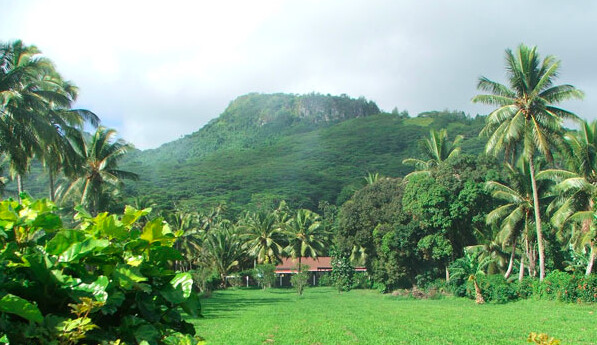
In the case of the legend of Raemaru, the story is a navigational tool created generations upon generations ago to help voyagers find their way from Rarotonga to Aitutaki. Here’s how to sail your vaka to Aitutaki using the legend of Raemaru:
1. From your vaka identify the flat-topped mountain named Raemaru on the western side of
Rarotonga.
2. Sail from Puaikura toward Te-Au-O-Tonga until you see the black rocks that fell off Maru as
the Aitutakians stole her away (a place today known as Black Rock.)
3. Draw a line from Raemaru through Black Rock and sail following this straight line.
4. If you've stayed true and followed the line drawn between Raemaru and Blackrock you'll
arrive in Aitutaki where you’ll find Maunga Pu.
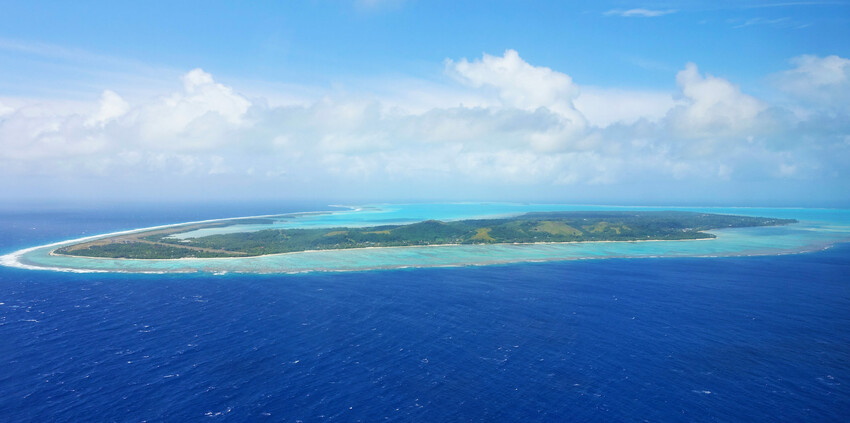
Now you see that the legend of Raemura is rooted in truth because while the story may have been exaggerated over time the locations within it teach us something factual - how to sail from Rarotonga to Aitutaki. The legend of Raemaru teaches a useful piece of cultural knowledge that while widely lost in the present day may have been essential to the survival of our forefathers. Isn't that powerful?!
But questions remain. How did Raemaru get its flat top? Why is Black Rock one of the only rock formations of its kind on Rarotonga? And why when you line the two up do they point to a mountain of similar stone in Aitutaki? The answer, Pacific peoples are some of the best storytellers in the world!
- Written by Teherenui Koteka
